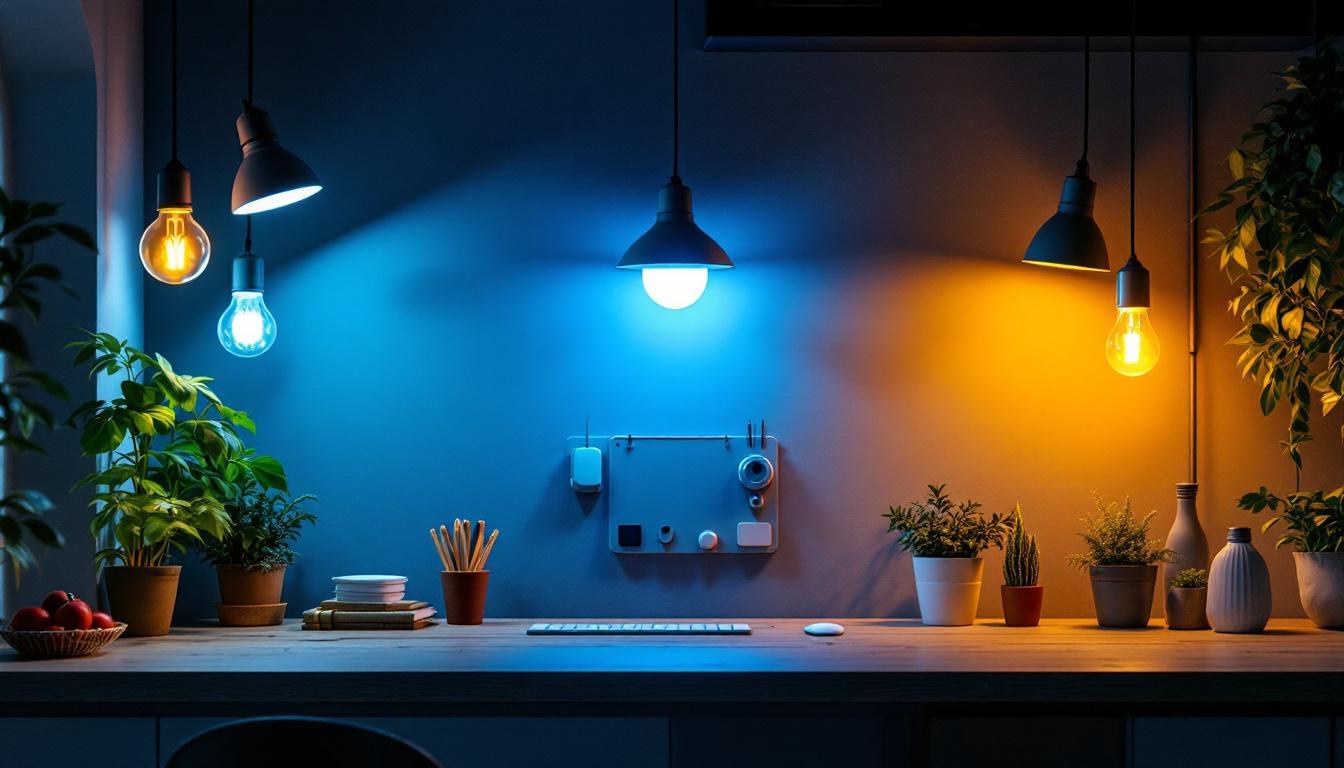
As the lighting industry continues to evolve, professionals in the field must adapt to new technologies and trends. One of the most significant advancements in recent years is the development of LED fluorescent light bulbs. These bulbs not only offer energy efficiency but also provide a versatile solution for various lighting projects. This article will explore how LED fluorescent light bulbs can help future-proof lighting projects, ensuring that contractors can meet the demands of their clients while staying ahead of the competition.
LED fluorescent light bulbs are designed to replace traditional fluorescent tubes while providing similar light quality and output. Unlike conventional fluorescent bulbs, which rely on gas and phosphor coatings to produce light, LED bulbs utilize semiconductor technology. This fundamental difference leads to several advantages, including increased energy efficiency, longer lifespan, and reduced environmental impact.
One of the most compelling reasons to consider LED fluorescent light bulbs is their energy efficiency. These bulbs consume significantly less electricity compared to traditional fluorescent options, often reducing energy consumption by up to 75%. This efficiency not only translates into lower utility bills for clients but also contributes to a reduced carbon footprint, aligning with the growing emphasis on sustainability in the construction and renovation sectors. Moreover, the reduced heat output of LED bulbs means that they can help lower cooling costs in warmer months, further enhancing their economic appeal.
LED fluorescent light bulbs boast a lifespan that can exceed 25,000 hours, far surpassing the typical 10,000 hours of traditional fluorescent tubes. This longevity means fewer replacements and less maintenance for contractors and clients alike. By choosing LED options, contractors can offer their clients a more reliable lighting solution that minimizes downtime and disruption. Additionally, the durability of LED bulbs makes them less susceptible to breakage, which is particularly beneficial in high-traffic areas or environments where bulbs are exposed to vibrations, such as warehouses and factories.
In addition to energy savings and longevity, LED fluorescent light bulbs provide superior light quality. They are available in a range of color temperatures, allowing contractors to select the perfect hue for any application, whether it be warm white for residential spaces or cooler tones for commercial environments. Furthermore, LED technology eliminates the flickering and harsh light often associated with traditional fluorescent bulbs, creating a more pleasant atmosphere. The high Color Rendering Index (CRI) of LED bulbs ensures that colors appear more vibrant and true to life, making them an ideal choice for settings where accurate color perception is crucial, such as art galleries, retail spaces, and photography studios.
Another noteworthy aspect of LED fluorescent light bulbs is their dimmability. Many LED options are compatible with dimmer switches, allowing users to adjust the brightness according to their needs and preferences. This feature not only enhances the versatility of lighting in various settings but also contributes to energy savings, as lower brightness levels consume less power. Additionally, the ability to create different lighting moods can significantly improve the ambiance of a space, making it more inviting and functional for various activities, from work to relaxation.
Future-proofing lighting projects involves selecting solutions that will remain relevant and effective in the years to come. LED fluorescent light bulbs present several advantages that make them an ideal choice for contractors aiming to stay ahead of the curve.
As smart home technology continues to gain traction, incorporating LED fluorescent light bulbs into lighting projects allows for seamless integration with smart systems. Many LED bulbs are compatible with smart controls, enabling features such as dimming, scheduling, and remote operation. This adaptability not only enhances the user experience but also positions contractors as forward-thinking professionals who are in tune with modern technological trends.
Regulatory standards regarding energy efficiency and environmental impact are constantly evolving. By opting for LED fluorescent light bulbs, contractors can ensure compliance with current and future regulations. Many regions have already implemented restrictions on traditional incandescent and fluorescent bulbs, making the transition to LED a proactive choice that helps avoid potential penalties and ensures projects remain viable in the long run.
Clients are increasingly aware of the benefits of energy-efficient lighting solutions. By offering LED fluorescent light bulbs, contractors can enhance client satisfaction through reduced energy costs, improved light quality, and a commitment to sustainability. Satisfied clients are more likely to recommend contractors to others, leading to increased business opportunities and a positive reputation in the industry.
With a variety of LED fluorescent light bulbs available on the market, selecting the right products for specific projects can be challenging. Contractors should consider several factors to make informed decisions that align with their clients’ needs.
When selecting LED fluorescent light bulbs, it’s essential to understand the relationship between wattage and lumens. Lumens measure the brightness of a bulb, while wattage indicates energy consumption. Contractors should aim for bulbs that provide sufficient lumens while minimizing wattage to maximize energy efficiency. For instance, a 15-watt LED bulb can often replace a 40-watt fluorescent bulb while delivering comparable brightness.
Color temperature is another crucial factor in selecting LED fluorescent light bulbs. Measured in Kelvin (K), color temperature affects the ambiance of a space. Warmer temperatures (2700K-3000K) create a cozy atmosphere, ideal for residential settings, while cooler temperatures (4000K-5000K) are better suited for commercial environments where clarity and focus are essential. Understanding the desired ambiance can guide contractors in choosing the right bulbs.
Before purchasing LED fluorescent light bulbs, contractors should assess the compatibility of the bulbs with existing fixtures. Some LED bulbs are designed to be direct replacements for traditional fluorescent tubes, while others may require specific ballasts or modifications. Ensuring compatibility will streamline installation and reduce potential issues during the project.
Proper installation is critical to maximizing the benefits of LED fluorescent light bulbs. Contractors should be aware of several key considerations during the installation process to ensure optimal performance and longevity.
Many traditional fluorescent fixtures utilize ballasts to regulate the electrical current. When switching to LED fluorescent light bulbs, contractors must determine whether the existing ballast is compatible with the new bulbs. Some LED options are designed to work with existing ballasts, while others require a ballast bypass, necessitating rewiring of the fixture. Understanding these requirements is essential for a successful installation.
The design and placement of fixtures can significantly impact the effectiveness of LED fluorescent light bulbs. Proper spacing and alignment are crucial for achieving even light distribution and minimizing shadows. Contractors should consider the specific needs of the space and the intended use to determine the optimal placement of fixtures.
After installation, it is essential to test the lighting system to ensure it meets the desired performance standards. Contractors should evaluate the brightness, color temperature, and overall effectiveness of the lighting. If adjustments are necessary, they should be made promptly to ensure client satisfaction and optimal performance of the LED fluorescent light bulbs.
Investing in LED fluorescent light bulbs not only benefits individual projects but also contributes to the long-term success of contractors in the lighting industry. The advantages of these bulbs extend beyond immediate savings and satisfaction.
With their energy efficiency and longevity, LED fluorescent light bulbs significantly reduce operational costs for clients. Lower energy bills and minimal maintenance requirements translate into long-term savings, making these bulbs an attractive option for both residential and commercial applications. Contractors who emphasize these benefits can position themselves as cost-effective solutions for clients.
As environmental concerns continue to rise, contractors have a responsibility to consider the ecological impact of their projects. LED fluorescent light bulbs are more environmentally friendly than traditional options, as they contain no harmful substances like mercury and have a lower carbon footprint. By promoting sustainable lighting solutions, contractors can appeal to environmentally conscious clients and contribute to a greener future.
The lighting industry is highly competitive, and staying ahead of the curve is essential for success. By embracing LED fluorescent light bulbs, contractors can differentiate themselves from competitors who may still rely on outdated technologies. Offering innovative, energy-efficient solutions positions contractors as leaders in the field, attracting new clients and retaining existing ones.
LED fluorescent light bulbs represent a significant advancement in lighting technology, offering numerous benefits for contractors and their clients. By understanding the advantages of these bulbs, selecting the right products, and ensuring proper installation, contractors can future-proof their lighting projects and remain competitive in an ever-evolving industry.
As the demand for energy-efficient and sustainable lighting solutions continues to grow, embracing LED technology is not just a trend but a necessity. By prioritizing LED fluorescent light bulbs in their projects, contractors can enhance client satisfaction, reduce operational costs, and contribute to a more sustainable future.
Incorporating LED fluorescent light bulbs into lighting projects is a strategic move that will pay dividends for contractors in the long run. As the industry progresses, those who adapt to new technologies will not only survive but thrive in the dynamic landscape of lighting solutions.
Ready to elevate your lighting projects with the efficiency and sustainability of LED fluorescent light bulbs? Look no further than LumenWholesale for all your lighting needs. Our extensive selection of spec-grade lighting products ensures you have access to the highest quality options at wholesale prices that can’t be beaten. Say goodbye to middleman markups and hello to hassle-free bulk buying with free shipping. Make the smart choice for your business and your clients by choosing Wholesale Lighting at the Best Value with LumenWholesale. Your future-proof lighting solutions are just a click away.
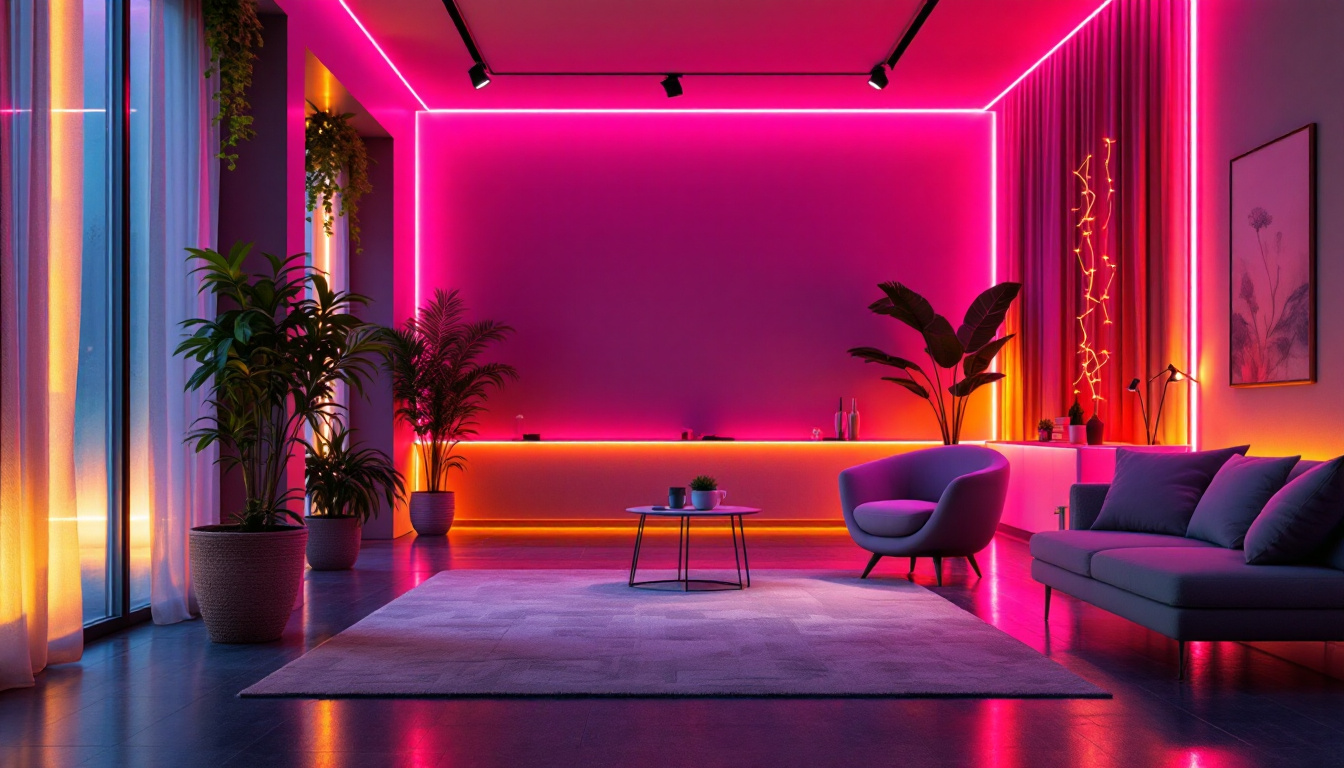
Discover essential tips and expert advice in “Strip Lights LED: Avoiding Pitfalls, A Lighting Contractor’s Guide.” Learn how to select, install, and maintain LED strip lights effectively while sidestepping common mistakes to ensure optimal performance and longevity.
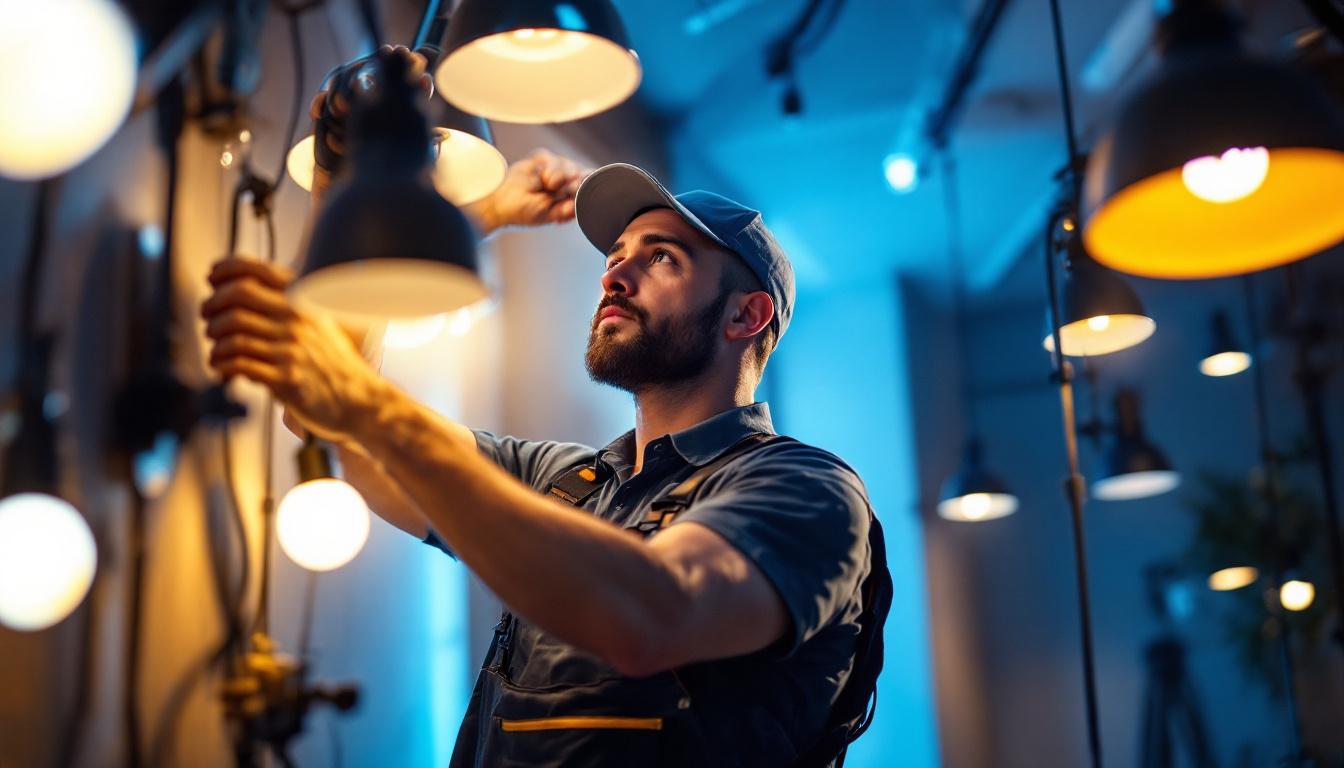
Discover how lighting contractors can enhance their projects and boost client satisfaction by mastering the art of setting up lights.
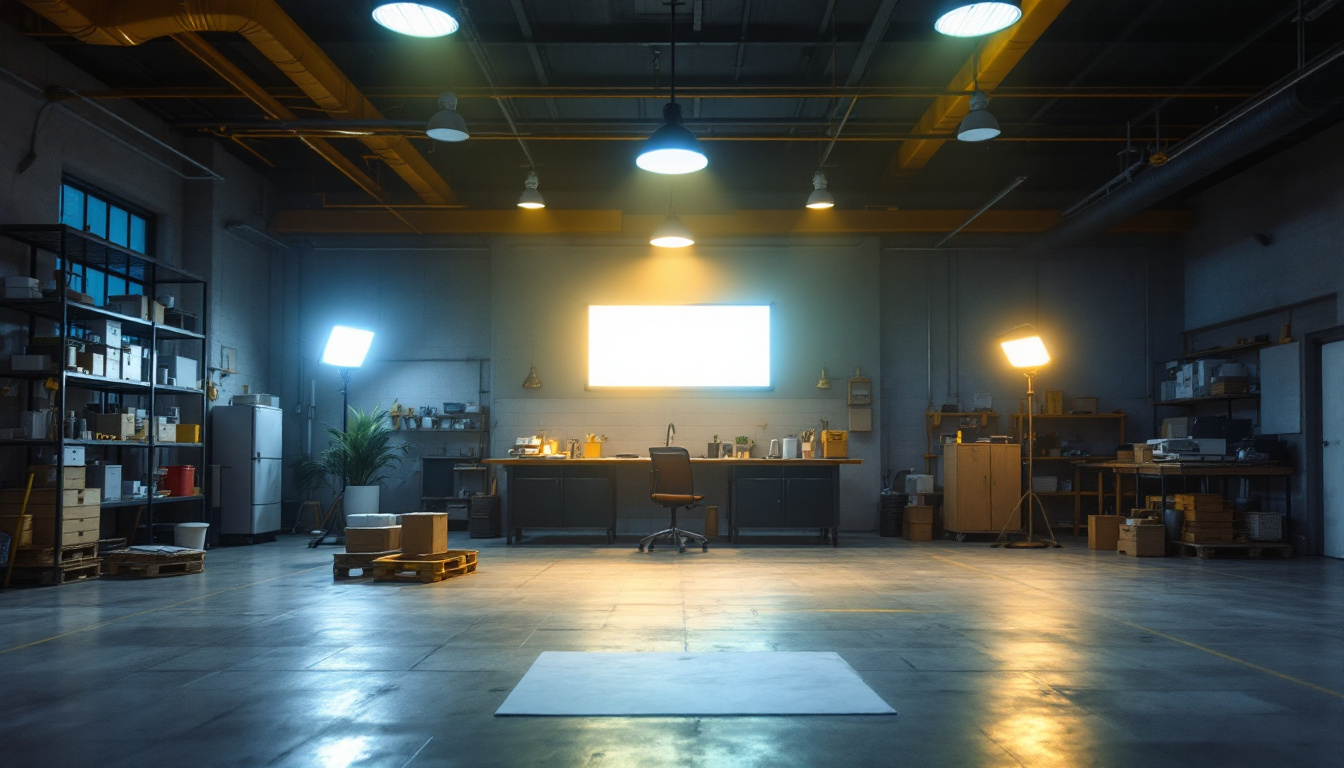
Discover the ultimate guide to the best LED high bay shop lights and learn how to enhance your workspace with superior lighting solutions.
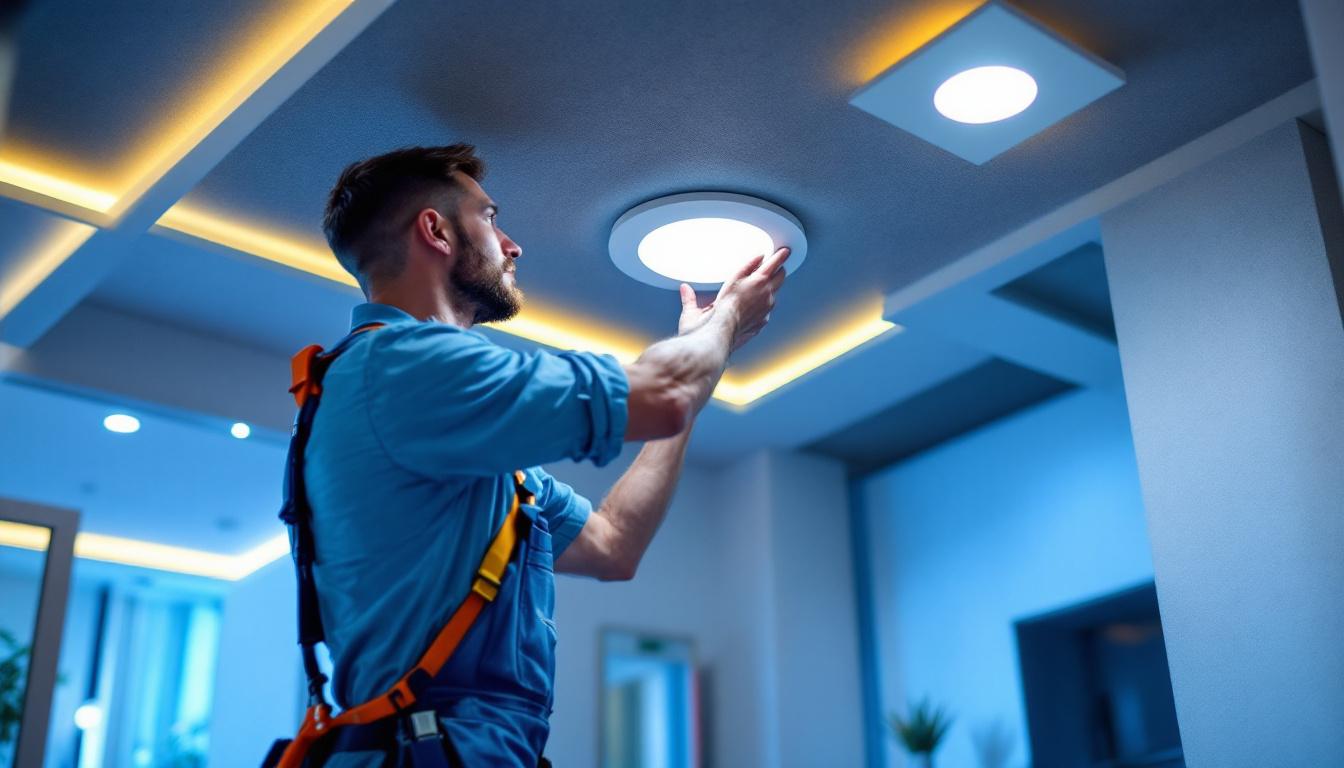
Discover the essential facts about recessed LED downlights that every lighting contractor needs to know.